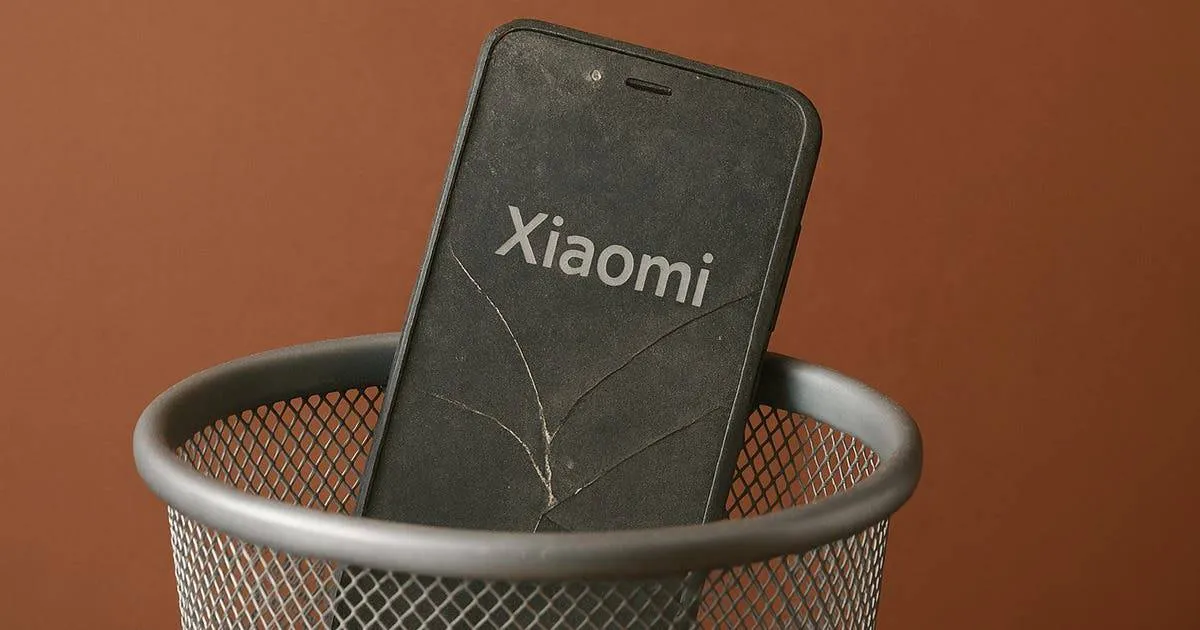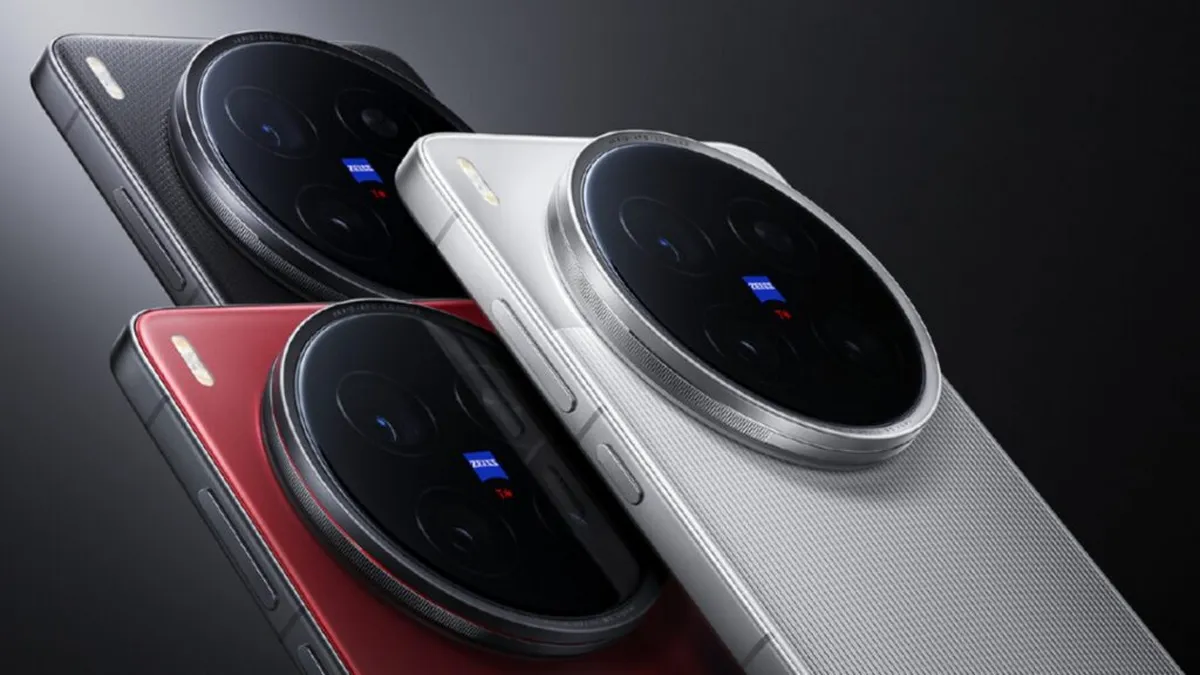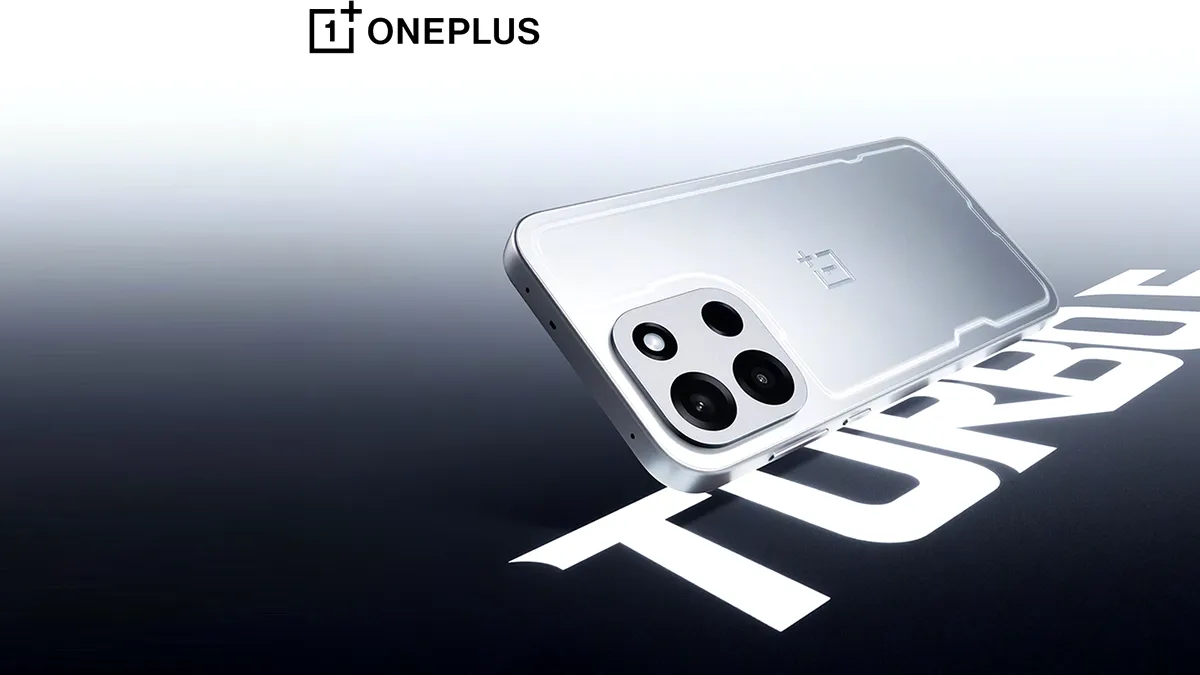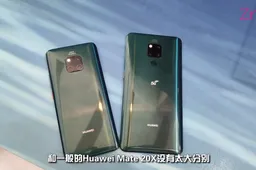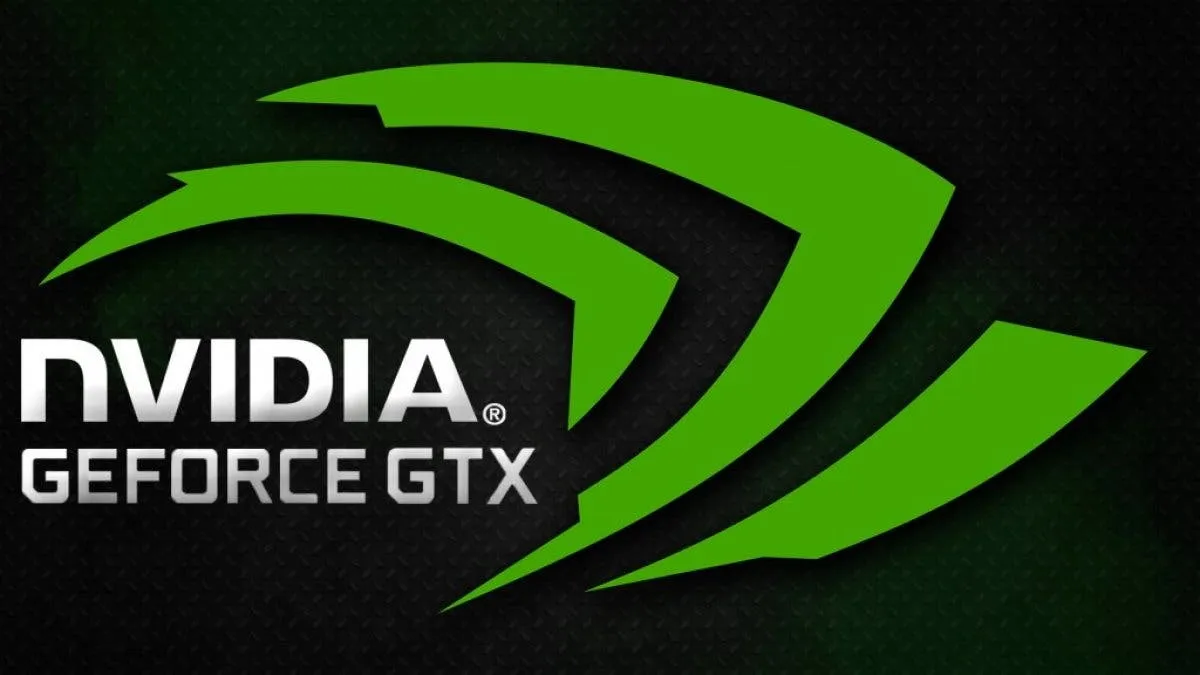
According to NVIDIA, its future 7nm GPU orders will use Samsung's 7nm EUV process. NVIDIA transfer to Samsung has been on the pipeline for quite some time. It is now a done deal. TSMC faced the trouble of stock price fluctuations due to the loss of large customer orders.

On the one hand, TSMC will not evaluate customer choices, and on the other hand, it will continue to emphasize its own advantages in advanced technology, indicating that its 7nm process is still ahead of Samsung for at least one to two years. In the semiconductor market cycle of 2019, TSMC's revenue growth this year depends on the 7nm process. The 7nm process in Q1 accounted for 23% of TSMC's revenue and this could reach more than 20% for the whole year.
Although Samsung may take some orders, TSMC's existing 7nm customers are still strong, especially Huawei. Previously, because of the sanctions, Huawei would have reduced its chip orders, but now Huawei has not slowed down and is still adding orders. According to industry sources, Huawei added 5G chip orders, so that TSMC's 7nm capacity utilization rate will rebound to 90% in Q3 and further increase to 95% in Q4.
Huawei's current 5G chip is mainly Balong 5000. This is the first 7nm multimode 5G baseband. It supports both NSA and SA 5G modes. It is also the standard chip for Huawei's 5G mobile phones. In addition to Mate 20 X 5G, the Huawei Mate X foldable phone also uses this chip.
Popular News
Latest News
Loading


